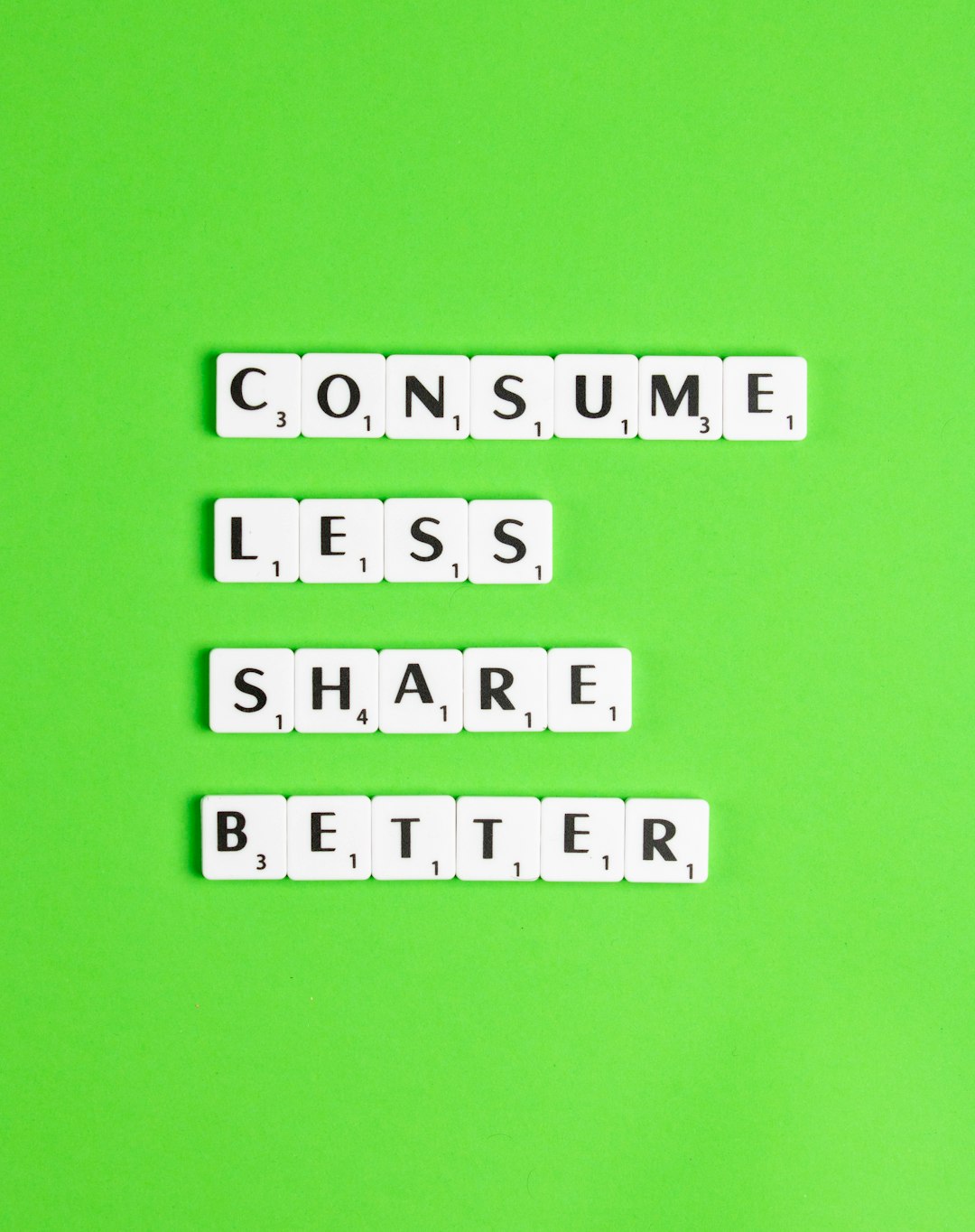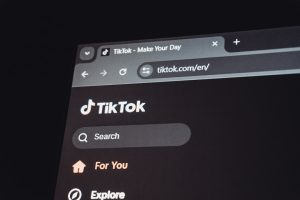
In the digital age, consumer expectations for tailored experiences have reached new heights. People want products, services, and content that feel made just for them—but increasingly, they’re also wary of how companies gather and use personal information. Privacy is no longer an afterthought; it’s a priority. This shift has forced marketers, developers, and data analysts alike to rethink how they approach personalization. One innovative solution gaining traction is personalization through cohorts—group-based targeting that maintains relevance without compromising individuals’ privacy.
Why Personalization Matters
Today’s users are bombarded by choices. Whether they’re choosing a streaming service, a brand to purchase from, or an article to read, the options are endless. Personalized experiences cut through that noise. They give users more of what they care about and less of what they don’t. The result? Longer engagement times, higher conversion rates, and deeper brand loyalty.
However, achieving this at the individual level typically requires tracking a user’s activity—clicks, searches, purchases, even physical movements. This “individual model” of personalization, while effective, often comes at the cost of transparency and trust. Consumers are more aware than ever of how much data is being collected, and they’re asking one big question:
Do I really want to give up my privacy just to get slightly better content or product recommendations?
Enter Cohort-Based Personalization
A more respectful and increasingly effective alternative is to personalize experiences based not on individual profiles but on cohorts—groups of users with similar behaviors, interests, or needs. Instead of tracking a single person to figure out they like early 2000s punk rock, a system might infer that a cohort—say, urban millennial music fans—is drawn to that genre. The content served to that cohort reflects their collective preference, achieving relevance without individual tracking.

The idea isn’t entirely new. Traditional marketing segments have always grouped audiences, but today’s cohort models are far more dynamic. Rather than static categories like “female, aged 25-34,” modern cohort systems use real-time behavioral data aggregated across many users’ actions. These models can adjust on the fly as new patterns emerge, keeping the content fresh and useful.
The Privacy Advantage
Cohort-based personalization strikes a compelling balance by generating value for users while greatly reducing privacy risks. Here’s how:
- No personally identifiable information (PII) is needed to place someone in a cohort.
- Users are anonymized as they are grouped based on shared interests or behaviors.
- Data minimization principles are upheld, satisfying newer regulatory standards like GDPR and CCPA.
By abstracting the individual, companies not only become compliant with global data laws but also build trust. And in a market where privacy is a selling point, trust is currency.
How Cohort Personalization Works
Imagine a user lands on an ecommerce site. Instead of pulling up a record with all their past purchases and behaviors, the site checks which cohort their recent behavior aligns with. Do they linger on high-end athletic wear? Have they viewed men’s running shoes multiple times? The system might place them in a ‘fitness-focused men’s apparel’ cohort and serve relevant products accordingly.
As the user’s behavior evolves, so might their cohort placement. This dynamic adjustment mimics the styles of personalized experiences people are used to—without trailing them indefinitely across the web. It’s personalization that feels smart, not stalker-like.

Google’s Federated Learning of Cohorts (FLoC): A Cautionary Tale
It’s impossible to talk about cohorts without touching on Google’s now-abandoned Federated Learning of Cohorts (FLoC) initiative. Promising to replace third-party cookies, FLoC was designed to group users based on browsing behavior, keeping that data within the device instead of on centralized ad servers. While the intention aligned with cohort-based privacy ideals, it faced widespread criticism:
- Cohorts could still be reverse-engineered to learn sensitive personal data.
- Advocacy groups claimed the system didn’t go far enough to preserve anonymity.
- Major browsers and tech firms refused to adopt it, limiting its viability.
Despite its demise, FLoC showed that the idea of cohort-based personalization has legs—it just needs a more secure footing. Modern alternatives are now emerging that address FLoC’s missteps while holding onto its potential.
Ethical Implementation: Best Practices
For businesses exploring cohort-based personalization, successful and ethical implementation is key. Here are some best practices:
- Aggregate data continuously. Use up-to-date behavioral trends to create accurate, fresh cohorts.
- Ensure cohort sizes are large enough to avoid reidentification risk.
- Don’t rely on fingerprinting or hidden identifiers; transparency builds trust.
- Give users control by allowing opt-outs and providing clear cohort-related disclosures.
When privacy is a central feature—not an afterthought—users are more likely to engage and build long-term relationships with a brand or platform.
Future Outlook
As regulations tighten and consumer concerns deepen, demographic targeting and behavior tracking continue to lose favor. Yet, the demand for relevant and meaningful content persist. That’s why cohort personalization stands as a critical middle ground. It provides the contextual experiences users crave while safeguarding the personal data they choose to keep private.

For businesses, this isn’t just a strategy—it’s an evolution. Just as personalization matured beyond basic name inserts, it is now maturing beyond individual tracking. Cohorts represent the next chapter in ethical, effective customer engagement.
Frequently Asked Questions (FAQ)
-
What is cohort-based personalization?
Cohort-based personalization involves customizing content or experiences based on the behavior or preferences of groups of users with shared traits, rather than treating each individual as a unique data point. -
How does it protect user privacy?
It uses aggregate data to identify trends and patterns, avoiding the collection of identifiable personal information. This reduces the risk of misuse and improves compliance with data privacy regulations. -
Is cohort personalization as effective as individual targeting?
While it may lack the hyper-specific nuance of one-to-one personalization, cohort-based approaches can still significantly improve user engagement by offering relevant experiences without feeling invasive. -
What industries benefit from this method?
Ecommerce, media, finance, healthcare, and advertising are just a few sectors that can leverage cohort-based personalization to deliver relevant content while maintaining privacy. -
Are there risks to using cohorts?
If not designed correctly, there’s a minor risk of unintentionally revealing sensitive group traits. Mitigating this involves maintaining large, diverse cohorts and refining classification mechanisms. -
How are cohorts determined?
Cohorts are often generated using a combination of real-time behavioral analytics, historical data trends, and predictive modeling. Tools like clustering algorithms help categorize users efficiently.
As personalization continues to evolve, businesses that prioritize both relevance and respect will be the ones positioned to thrive. Using cohorts, not people, might just become the gold standard for user-centric, privacy-respecting digital strategies.






